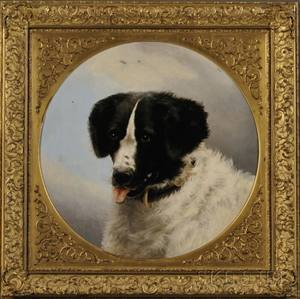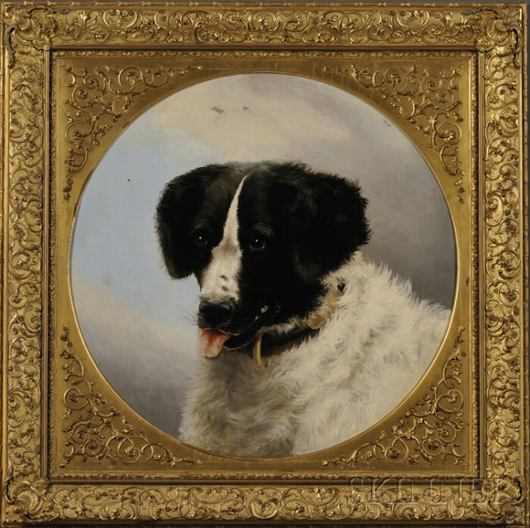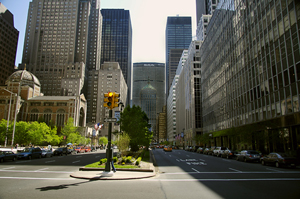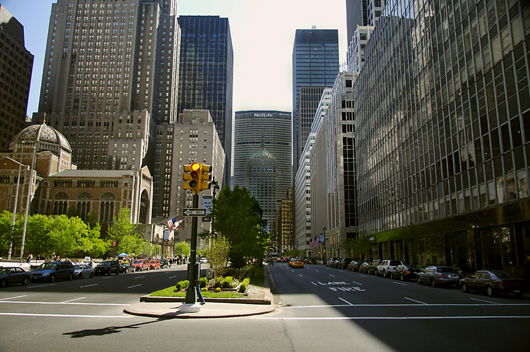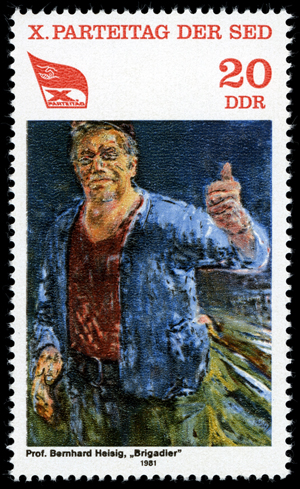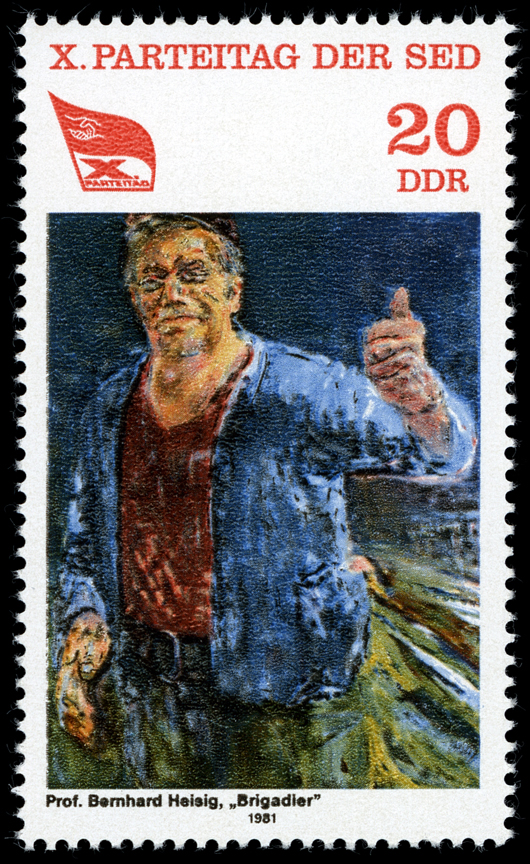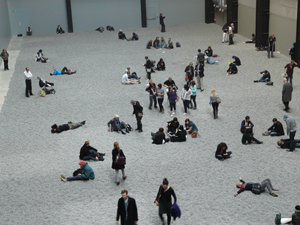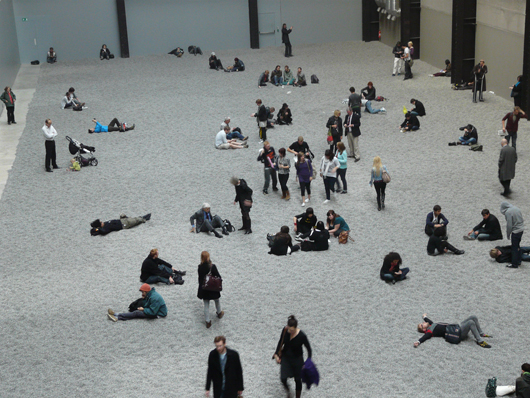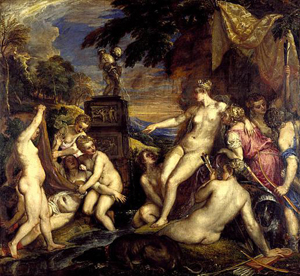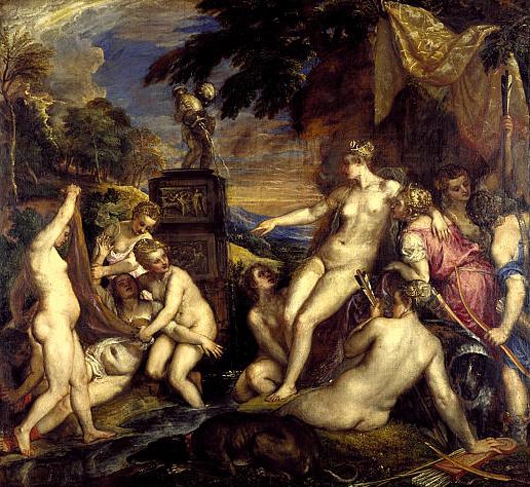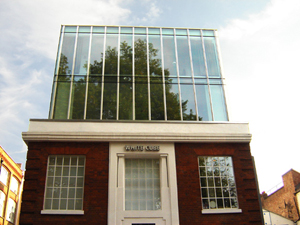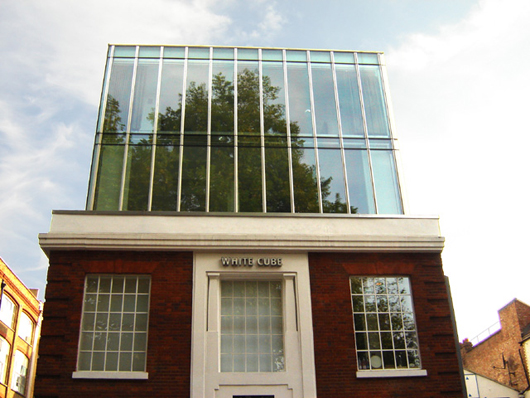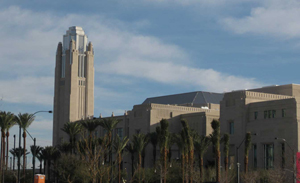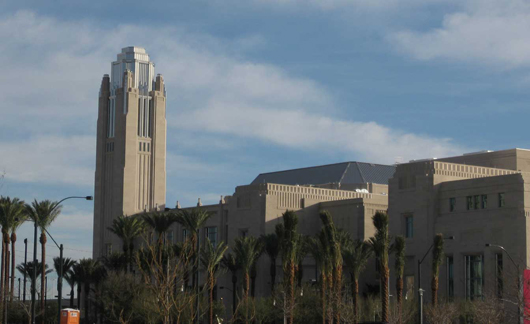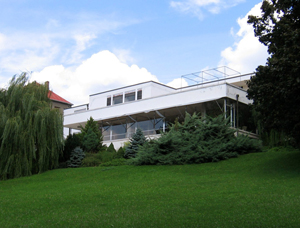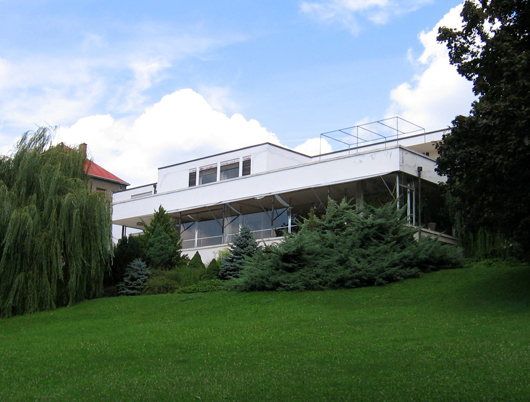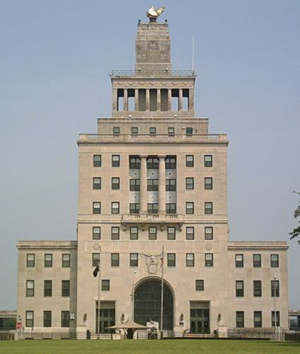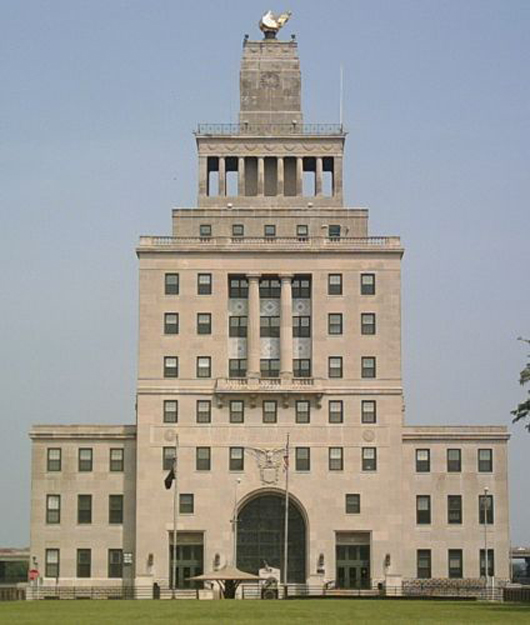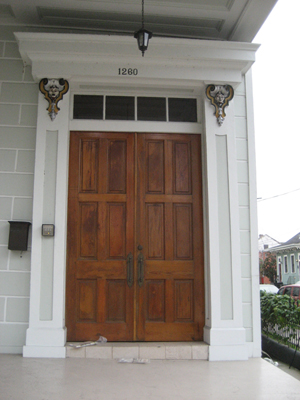
HUNTSVILLE, Ala. (AP) – Decades of local history lie almost forgotten in a warm, musty basement downtown.
Doors that once swung open to show off new bungalows or even mansions are neatly stacked, waiting to be refurbished. Windows that looked out on Huntsville’s evolution from watercress to Wikipedia are piled high, ready to move back out in the sunshine.
At the bottom of a steep staircase, architectural doodads like doorknobs and light fixtures plus more than a century of history fill the dusty basement of Harrison Brothers Hardware on the Courthouse Square.
Access to these treasures was once limited, but now the Historic Huntsville Foundation Architectural Warehouse is open to the public. Warehouse hours are 10 a.m. to noon on the first and third Saturday of each month, other times by appointment.
It helps to descend into the basement with an appreciation of the past—but also some imagination.
Donna Castellano, a member of the Historic Huntsville Foundation board, saw an old solid-wood door not as a simple barrier between rooms but a quaint, quirky headboard for her Newman Avenue home.
In the kind of funky do-it-yourself project you’d see in decorating magazines, Castellano bought the door for $30 and had it refinished to hang horizontally on the wall over the bed.
Like most items in the warehouse, the door didn’t come with a written history. Castellano estimates it to be about 75 years old. She used other old doors from the warehouse, purchased for less than $50, during a renovation of her 1929 home.
Three curved pieces of walnut sparked another inspiration.
“I brought home these three legs, and my husband was like, ‘What are you doing?’ With the proper craftsman, it can become a table.”
And so it did, restyled by a local artisan with rich, new pieces of cherry and walnut.
“I paid lots more for that table than I would have at a store, but it’s a custom antique piece,”she reasoned.
Items in the warehouse have been accumulating since the 1970s, Castellano estimates. Volunteers often would go out and take architectural trim from homes being demolished or moved. “It’s been a while since they took apart a house,” she said.
The historic foundation, which owns and operates the warehouse, hopes the treasures will find new homes and uses.
“This was such wonderful material,” said Jim Marek, foundation chair. “Why limit it to the purist? They can either use it as a part of their home for the purpose it was intended, or some reuse.”
Marek said proceeds go to local preservation and education; the foundation owns the corner building next to Harrison Brothers. Their efforts are green, too.
“When you think about the materials required to make a new wood door—isn’t it a more effective use of our resources to find a way to use an old door from a tree that has already been harvested, with energy that has already been expended?” Marek asked.
When people step into the basement’s two rooms of reclaimed architectural items, they generally have two reactions, Castellano said. They’re surprised at the volume. Then their minds start to click with how to use it.
“You get over seeing this is a door or a window or a set of shutters,” she said. “You can see how those pieces can be reworked.”
Some items like doors—about $25 to $35—are marked with exact dimensions so homeowners can see if they will fit a particular entryway.
Other finds: glass panels/prisms for $4, spindles from one of the local fabric mills, transom windows for $7, furnace grates, newel banister posts, mantels, sinks, shutters, flooring, brass hardware, two shimmering mercury (silvered) glass lampshades with herringbone green glass for $50 each.
Warehouse volunteers are hearing that many pieces are not being reused in their traditional sense. A door becomes a table. A window becomes a frame or side table.
One person used 9-foot pocket doors as garage doors. Wide pieces of molding can be painted with chalkboard paint for an unusual message board. Old doorknobs can become hooks.
“You generally have to make two visits, to see what is there, go off and your mind starts percolating,” Castellano said.
To showcase how a door is not always a door, the foundation is planning a fundraiser in May that will exhibit what local artisans can do with some of the items. They can connect buyers with local craftspeople interested in repurposing the items.
“Some purists are looking to replace a lock on a home, others are renovating to their own demands,” said John Cline, chair of the foundation’s warehouse committee.
Pieces in the warehouse sell for $15 to $1,500, Cline said. That $1,500 item was a staircase. Last year sales generated more than $6,000 in six months.
Cline said people can bring in items for donation (preferably at least 50 years old) or call Harrison Brothers to arrange for pickup when possible. Items there now came from around North Alabama and southern Tennessee.
Occasionally, you’ll find a treasure with a pedigree. In a karmic twist, several things in the warehouse right now have labels saying they came from the White Street home of one of the Harrison brothers—real brothers who ran the circa-1897 hardware store upstairs.
In another example of history coming full circle, developers of the $11.5 million Belk Hudson Lofts on Washington Street are incorporating items they found in the Harrison Brothers warehouse. Two walls of the 1920s-era Belk store will remain as part of the new building.
Charlie and Sasha Sealy’s purchases at the store include a transom window, a Celluloid Starch wooden box for under $50 and iron covers to a wood-burning stove. They used pieces from the warehouse to decorate a Christmas tree display in Big Spring International Park. Modern construction codes prohibit using some of the items for their original purpose in the new development, but decorative things such as tiles will become part of a 75-apartment complex opening in September or October.
“For old antique doors and windows it’s a great place,” said Charlie, who likes the idea that their project “incorporates the new and the old.”
“Include a piece of Huntsville history in your own home,” Sasha said.
Copyright 2012 Associated Press. All rights reserved. This material may not be published, broadcast, rewritten, or redistributed.
AP-WF-03-06-12 1826GMT
ADDITIONAL IMAGE OF NOTE



